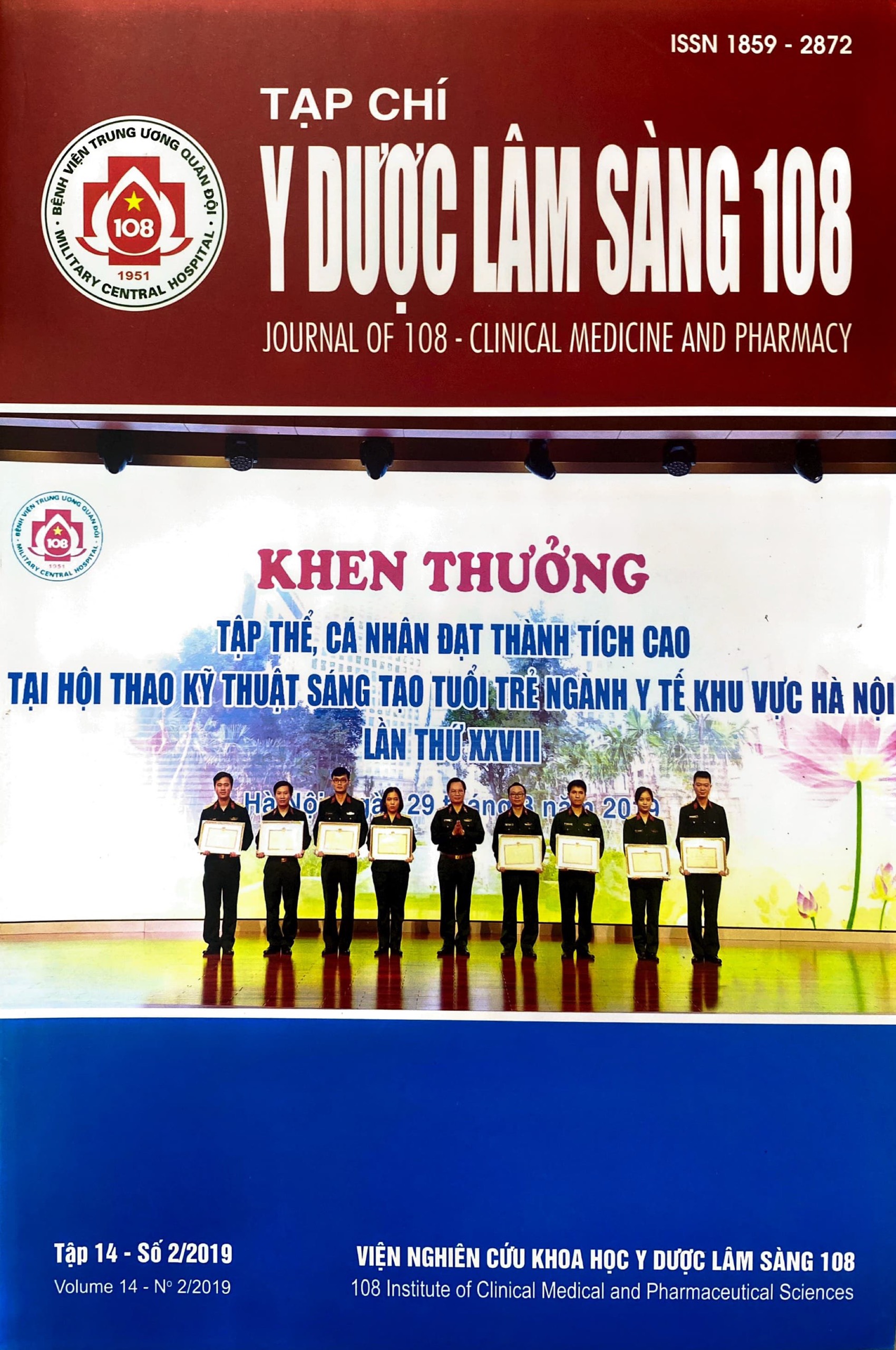Nosocomial sepsis is significant decreased from 2015 to 2018
Main Article Content
Keywords
Abstract
Objective: To investigate the prevalence of sepsis, mortality rate and efficacy of infection control program in 108 Military Central Hospital from 2015 to 2018. Subject and method: A retrospective study all medical reports of patients diagnosed as sepsis according to the International Classification of Diseases (ICD) - 10. Result: Prevalence of sepsis in 1000 in-patients treated in 108 Military Central Hospital from 2015 to 2018 was increased (2.14/1000 patients to 4.27/1000 patients); Septic shock was also significant increased (44.2% to 52.7%); mortality rate was still high (48.4%); almost sepsis patients were older than 50 years old and have had chronic diseases such as hypertension, diabetes mellitus, Gout and cancer… One important result is that the hospital acquired sepsis was significant reducing (50.6% to 26.2%). Conclusion: Sepsis, severe sepsis, septic shock and mortality are still high, however, nosocomial sepsis was significant decreased.
Article Details
References
2. Fleischmann C et al (2016) Assessment of global incidence and mortality of Hospital-treated Sepsis. Current Estimates and Limitations. Am J Respir Crit Care Med 193(3): 259-272.
3. Waters D et al (2011) Aetiology of community-acquired neonatal sepsis in low and middle income countries. J Glob Health 1(2): 154-170.
4. Iwashyna TJ et al (2012) Population burden of long-term survivorship after severe sepsis in older Americans. J Am Geriatr Soc 60(6): 1070-1077.
5. Southeast Asia Infectious Disease Clinical Research Network (2017) Causes and outcomes of sepsis in southeast Asia: A multinational multicentre cross-sectional study. Lancet Glob Health 5(2): 157-167.
 ISSN: 1859 - 2872
ISSN: 1859 - 2872
